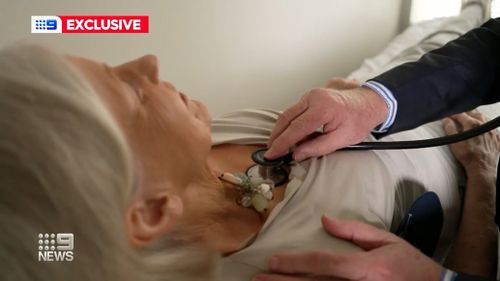“It makes them breathless, for example. It sometimes gives them chest pain and sometimes makes them become dizzy,” said Professor Michael Feneley, St Vincent’s Hospital Director of Cardiology and Heart Lung Program.

Cardiologists rely on multiple images and measurements from ultrasounds to determine whether someone needs a heart valve replacement.
If left untreated, half of severe cases can be fatal within two years.
“The real issue is deciding when to intervene because it’s a big deal to replace the aortic valve,” Feneley said.
A study involving more than 9000 patients at St Vincent’s Hospital in Sydney and Melbourne found that the use of artificial intelligence could identify many more patients with severe disease.
While doctors could pick up 218 people with severe aortic stenosis, the numbers doubled to 442 when using AI-assisted software.
Read Related Also: Our third date lasted 79 days — we were in paradise, but it felt like hell
The technology could also diagnose more women who usually fall through the cracks.
The EchoSolv program uses data from a heart ultrasound and an algorithm flags whether someone is at high risk.

“(It) performs an assessment very quickly, under three seconds,” said Philip Woolff, EchoIQ’s Chief Operating Officer.
Feneley said there was a growing need to improve diagnosis as people live longer and doctors move towards treating the disease without opening the chest.
The software was developed using measurements from the National Echocardiography Database of Australia and a proof of concept study was first published in the Journal of the American College of Cardiology in 2019.





